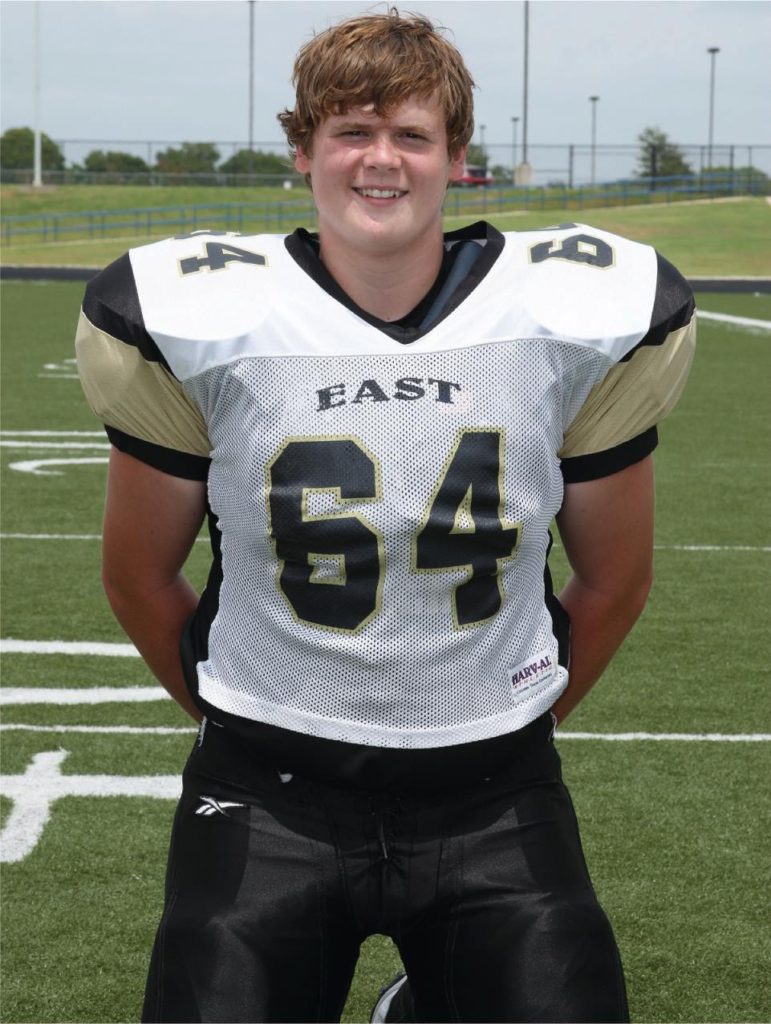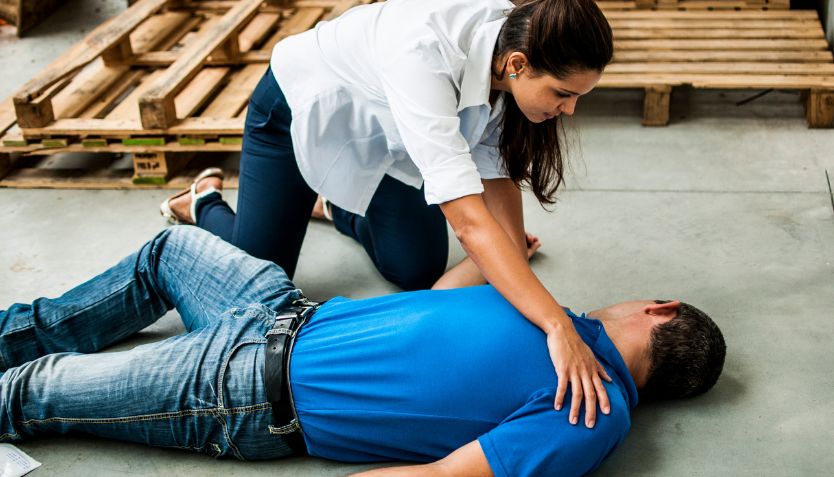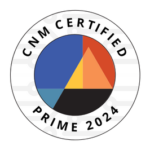October is Sudden Cardiac Arrest (SCA) Awareness Month. With so much information available today regarding heart health, lifestyle choices that benefit your cardiovascular system, and risk factors, it can be difficult and confusing to understand the difference between sudden cardiac arrest and other heart ailments. What is SCA, and how can you best equip yourself and your family with the tools needed to combat it? Read on as we break down the basics you need to know:
What is SCA?
SCA occurs when the heart suddenly stops beating and pumping blood throughout the body. When SCA strikes, it has immediate effects and will cause a victim to collapse. The victim will stop breathing or gasp for breath (called agonal breathing), and they will be unconscious and unable to respond to a bystander’s attempts to wake them.[1]
There are often limited or no warning signs before SCA occurs, and once it has struck, statistics show that every second counts. For every minute that passes without intervention such as CPR and AED use, chances of survival decrease by 10%. Shockingly, 90% of SCA victims do not survive.[2]
SCA can occur due to a multitude of reasons, including[3]:
- Structural abnormalities in the heart
- A heart condition that causes electrical abnormalities, such as Wolff-Parkinson-White Syndrome or Long Q-T Syndrome
- A sudden impact to the chest, such as during sporting events
- A heart attack or stroke
- Medication or drug use
- Other factors that cause the heart to experience an arrhythmia, or irregular heart rhythm
How common is SCA?
While we may not hear SCA talked about frequently, it is incredibly common: more so than other conditions we may be quick to think of. Approximately 356,000 cardiac arrests occur outside of hospital settings each year.[2] This means that SCA affects more people annually than diseases such as breast or lung cancer, and is the equivalent of one person lost every two minutes.[4] At Living for Zachary, we believe sudden cardiac arrest is a public health issue that demands our attention and action.
Who does SCA affect?
SCA can affect people of all ages and backgrounds, from birth to advanced age. While many tend to think of heart issues as being the result of lifestyle and age factors, sudden cardiac arrest is different in that it has the ability to impact a wide range of people, even those who look and act completely healthy from the outside. When a heart condition is present, often times from birth, it may not be obvious to others or even the person impacted as many conditions (such as Hypertrophic Cardiomyopathy) often show no symptoms until SCA strikes.

SCA impacts youth at an alarming rate. Parent Heart Watch reports SCA is the top killer of student athletes and the leading cause of death on school campuses.[5] Living for Zachary is dedicated to raising awareness of the issue of SCA in youth across North Texas by providing a multi-faceted approach to tackling it from several angles, including prevention, training, response, and education.
Isn’t SCA the same thing as a heart attack?
This is a common misconception. Sudden cardiac arrest and heart attacks are caused by different issues in the heart, each requiring their own steps for prevention and response. While heart attacks are caused by a blockage or “plumbing” issue in the heart, SCA is caused by an electrical issue in the heart that causes it to suddenly stop beating.[6] Heart attacks often start with symptoms such as chest pain that build gradually over time, while SCA typically occurs without much warning. A person may not lose consciousness during a heart attack and the heart may still be beating, whereas SCA is always followed by collapse and loss of consciousness. A heart attack can lead to sudden cardiac arrest, but it does not always. Knowing the difference between these two issues is key to increasing awareness that SCA truly can impact anyone at any time, and it is vitally important that each of us is prepared to act.
Can SCA be prevented?
Some cases of SCA can be prevented through early screening measures aimed at detecting heart abnormalities that could lead to cardiac arrest. You can learn more about Living for Zachary’s Youth Heart Screening Program, designed specifically for young people ages 12-22, by clicking here.
While some cases of SCA cannot be prevented ahead of time, we do have the ability to help save lives after it occurs. Research shows that immediate CPR use after cardiac arrest occurs can double or triple chances of survival.[7]
Coupled with use of an Automated External Defibrillator (AED), which is used to shock the heart back into rhythm, CPR and AED use is a powerful combination that can save countless lives, if only we are willing to use them.
How can I protect my family?
You’ve taken an incredible first step already! By learning more about SCA and its dangers, you have begun the process of equipping yourself with the knowledge that you CAN make a difference for the hearts you love. Here are a few next steps:
- Begin by having a conversation with the young people in your life to see if they have experienced any symptoms that could be warning signs of a heart condition. Often times, starting the conversation is all it takes to learn something is going on that we may not be able to see just by observing our kids. Learn more about warnings signs and symptoms of SCA here.
- Consider registering your child for a preventative heart screening to look for abnormalities. Living for Zachary provides youth heart screenings throughout the year across North Texas at no cost to families. Learn more about upcoming screening events here.
- Become CPR certified! This is one of the best ways to prepare yourself to help a heart in need should you find yourself as a bystander during a cardiac emergency. By taking a CPR and AED class, you can learn the skills you need and boost your confidence to step in and assist, performing just a few simple steps that can make all the difference in a life-or death situation. Living for Zachary provides free CPR training to the public several times per year. Learn more about upcoming classes here.
Sudden cardiac arrest takes hundreds of thousands of lives across the United States each year. Together, we can change the statistics and give more hearts a second chance.
[1] National Heart, Lung and Blood Institute
[2] American Heart Association


